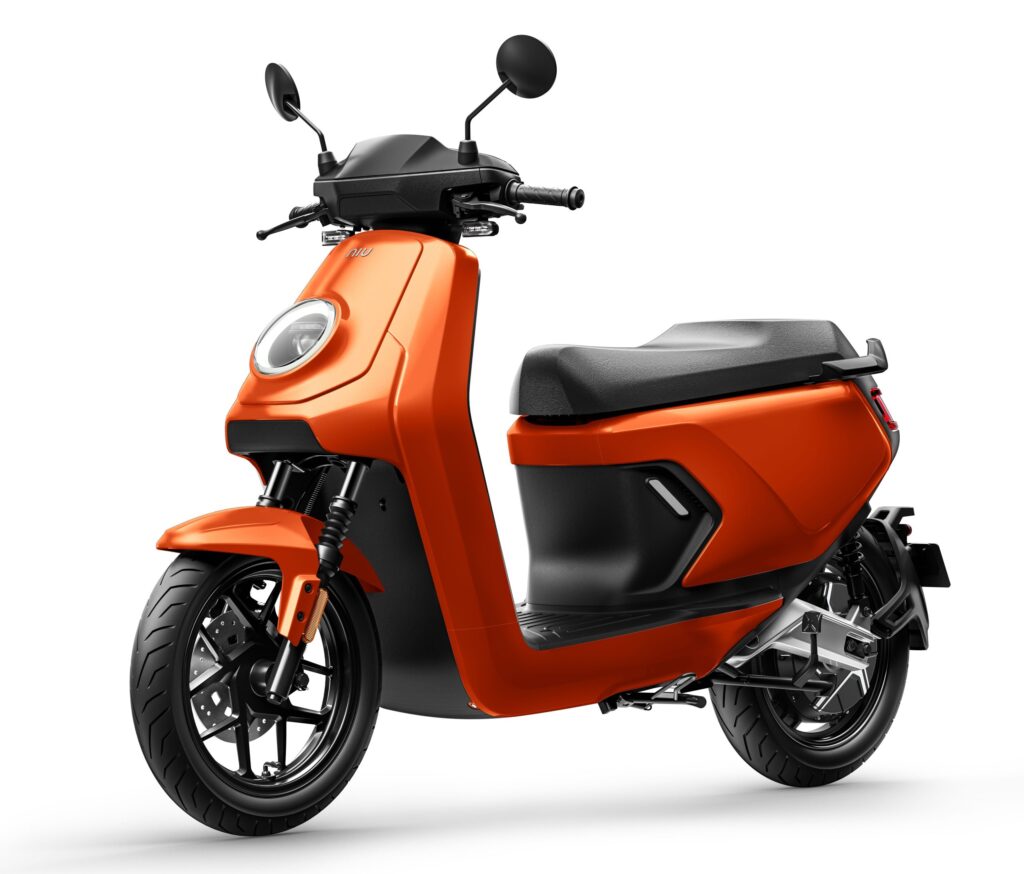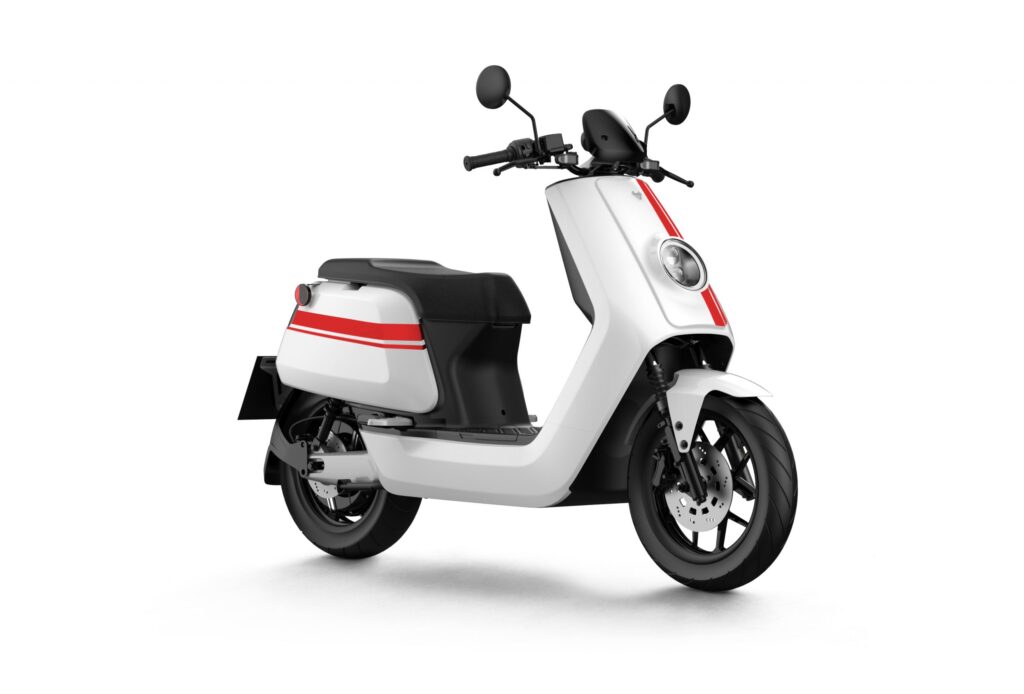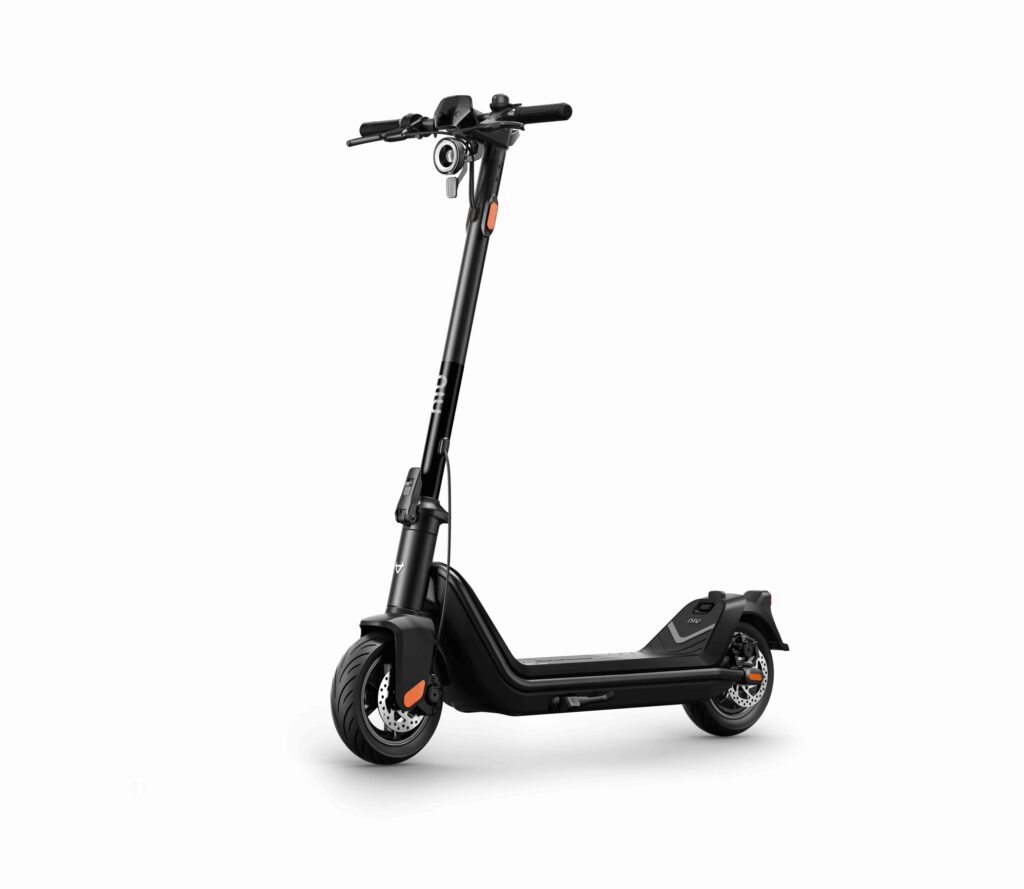B2B | Source: NIU Investor Relations | In the first quarter of 2022, NIU sold 163,659 units, including e-motorcycles, e-mopeds, e-bicycles and kick-scooters and e-bikes, representing a 9.4% year-over-year growth. The number of units sold in China market was 148,987, an increase of 3.0% from the corresponding period in 2021. The number of units sold in the international markets was 14,672, representing an increase of 193.7% year-over-year. The sales volume is compared on a year-over-year basis instead of on a quarter-over-quarter basis due to strong seasonality in the e-scooter market.

The growth of units sold in China market varied month to month in the first quarter, mainly due to recent COVID outbreak starting from mid-February. NIU’s combined sales volume in January and February recorded a robust 91.6% year-over-year increase. However, the supply chain shortage and logistic disruption caused by the recent COVID outbreaks, especially in Yangtze River Delta area, has impacted their sales volume in March 2022, which decreased by 24.1% year-over-year. In addition, NIU temporarily suspended production activity in their manufacturing facilities in Changzhou for six days in March 2022 as part of the COVID control measures, and their manufacturing facilities have since been operating much below full capacity. Despite the impact of COVID outbreaks, NIU recorded positive year-over-year growth of units sold in China market in the first quarter.

The growth in the international markets was mainly driven by continued strong demand for NIU’s kick-scooters since its launch in the second half of 2021. As of March 31, 2022, the cumulative sales volume of kick-scooters and e-motorcycles/e-mopeds reached 9,833 units and 4,839 units, respectively.

Their sales volume count disclosed above is based on the delivery from the manufacturing facility, which may vary slightly from the sales volume measured from a financial accounting and reporting point of view. NIU’s sales volume represents only one measure of the company’s financial performance and should not be relied upon as an indicator of quarterly financial results, which depend on a variety of factors, including revenues from accessories, spare parts and services, cost of sales, operating expenses, etc.